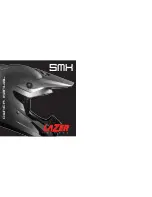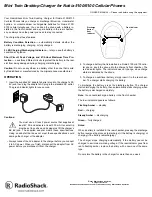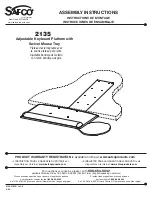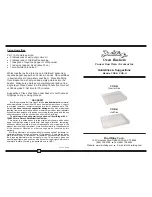
DataVS1
Series
Instruction
Manual
82
14.7.
Inspection times
Total inspection duration depends on three factors:
Exposure time (
)
Acquisition
time
Processing time
Exposure time: time period during which the acquisition device is exposed to light. The longer the
exposure time, the greater the quantity of light entering the device. The duration of this time period is
determined by:
Speed of the parts to be inspected: the higher the speed, the lower the exposure time must be to
avoid getting blurred images
Inspection rate: this is a constraint for the exposure time, which must be low to guarantee a high
number of inspected objects
Available light: the better the lighting conditions, the less problems there will be during
acquisition due to low exposure values
Where reducing exposure time is a must, certain arrangements might help preserving the quality of
acquired images:
Increase the brightness in the area of inspection
Increase the CMOS gain: the gain, which is the output/input ratio, in this case is intended as the
increase in brightness, which can however lead to a decrease in the quality of the image
Use lenses with variable openings: the larger the opening that allows the light to pass through
the lens, the less "deep" the image will be (it may be difficult to focus on an object which is at a
variable distance from the lens)
Acquisition time: time taken by the sensor to capture an image. After the CMOS has been exposed to
light/image during the exposure time, the image must be transferred to device memory. It takes about
30 ms to transfer a complete image. This time is significantly reduced if only a part of the total image is
acquired.
Processing time: time taken to process the acquired image. It depends on the operations and tools
used for the inspection.
14.8.
Pattern Match
In the pattern match method, a sample object is recognised by searching for the matching brightness
matrix in the target image.
The system stores a "pattern" of the master image and tries to find that pattern in all inspected target
images. During the search process, the pattern is made to slide over the image while brightness
differences are calculated pixel by pixel. An object is recognised when the total calculated difference is
below a preset threshold.
Содержание 959941000
Страница 1: ...Smart Vision Sensor INSTRUCTION MANUAL ...
Страница 3: ......
Страница 78: ...DataVS1 Series Instruction Manual 74 12 OVERALL DIMENSIONS ...



































